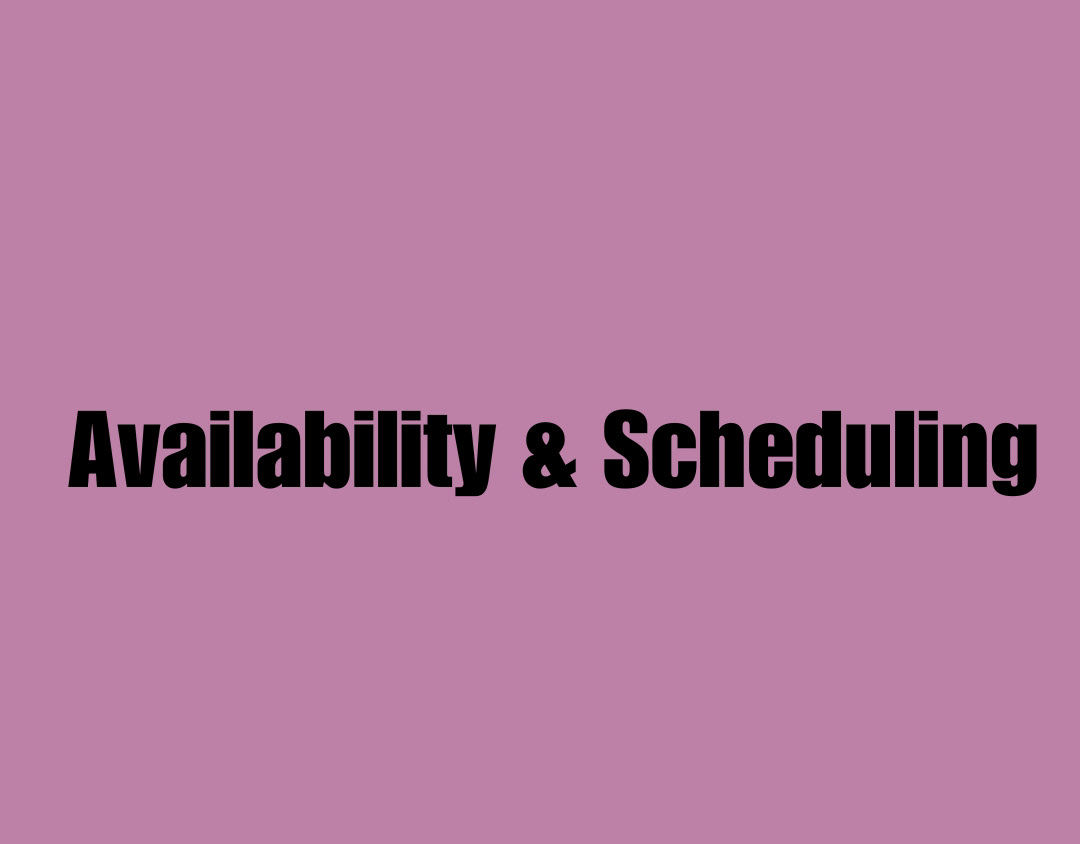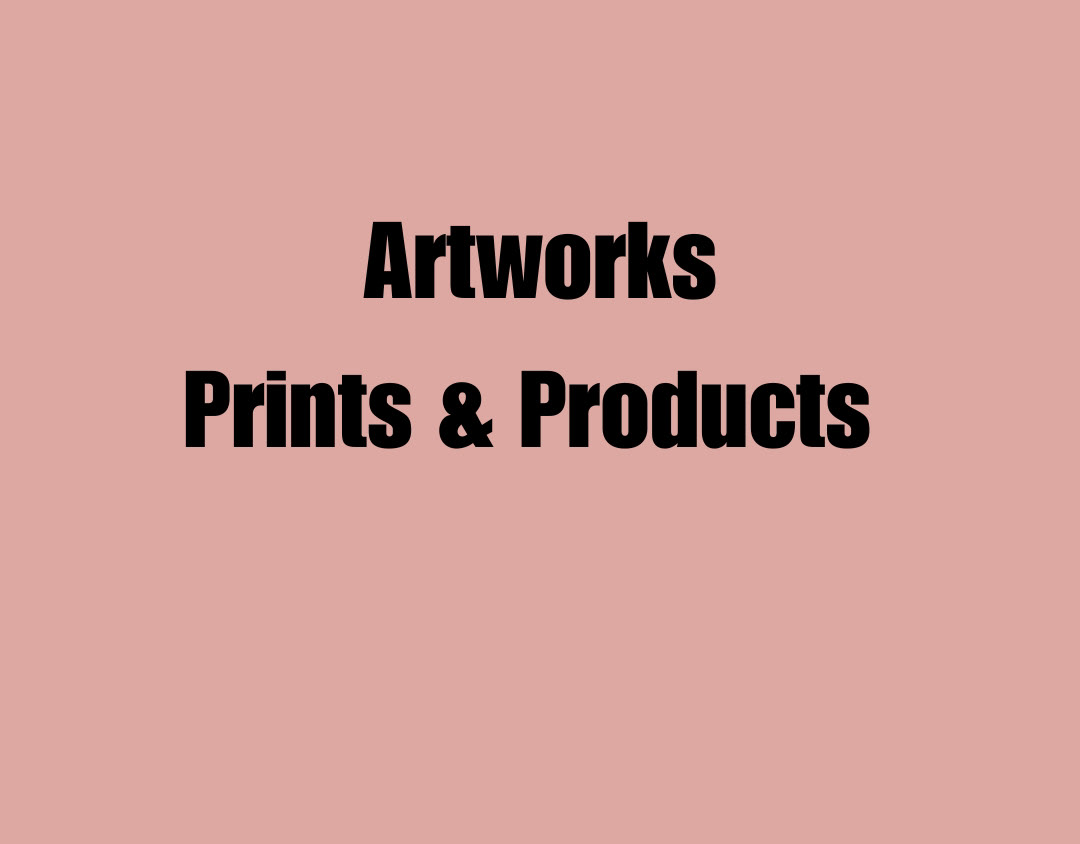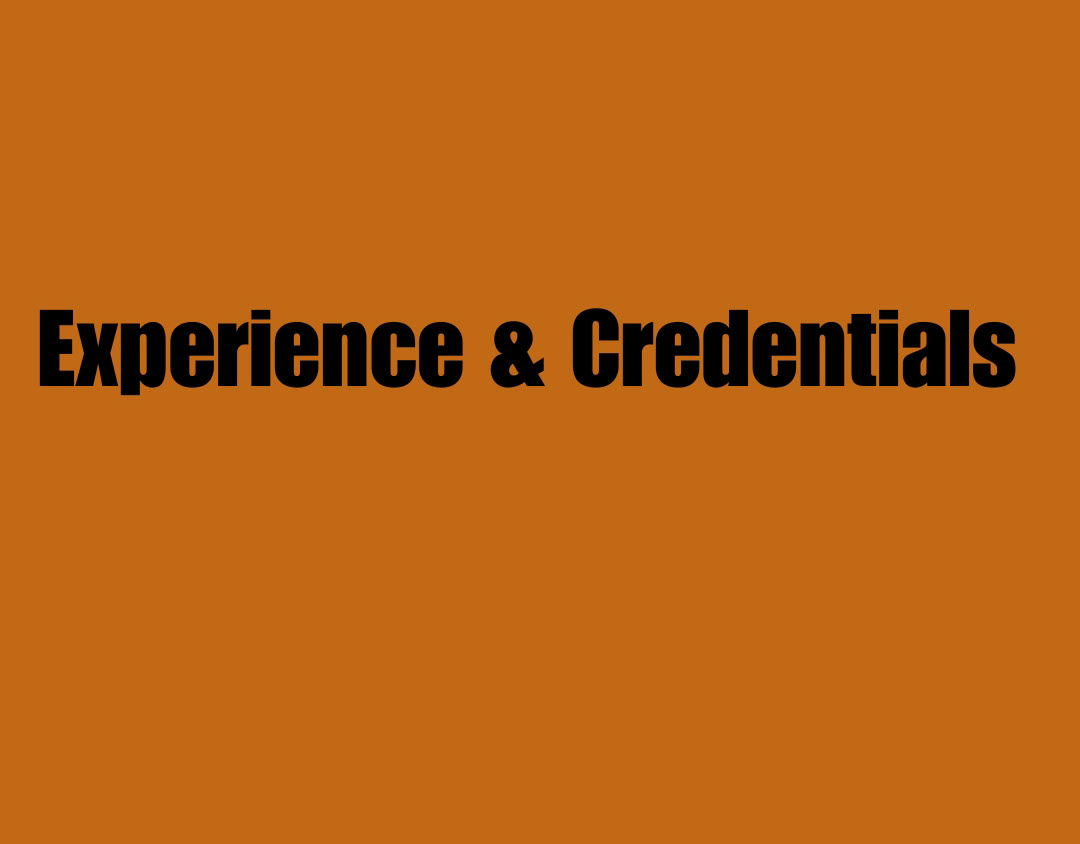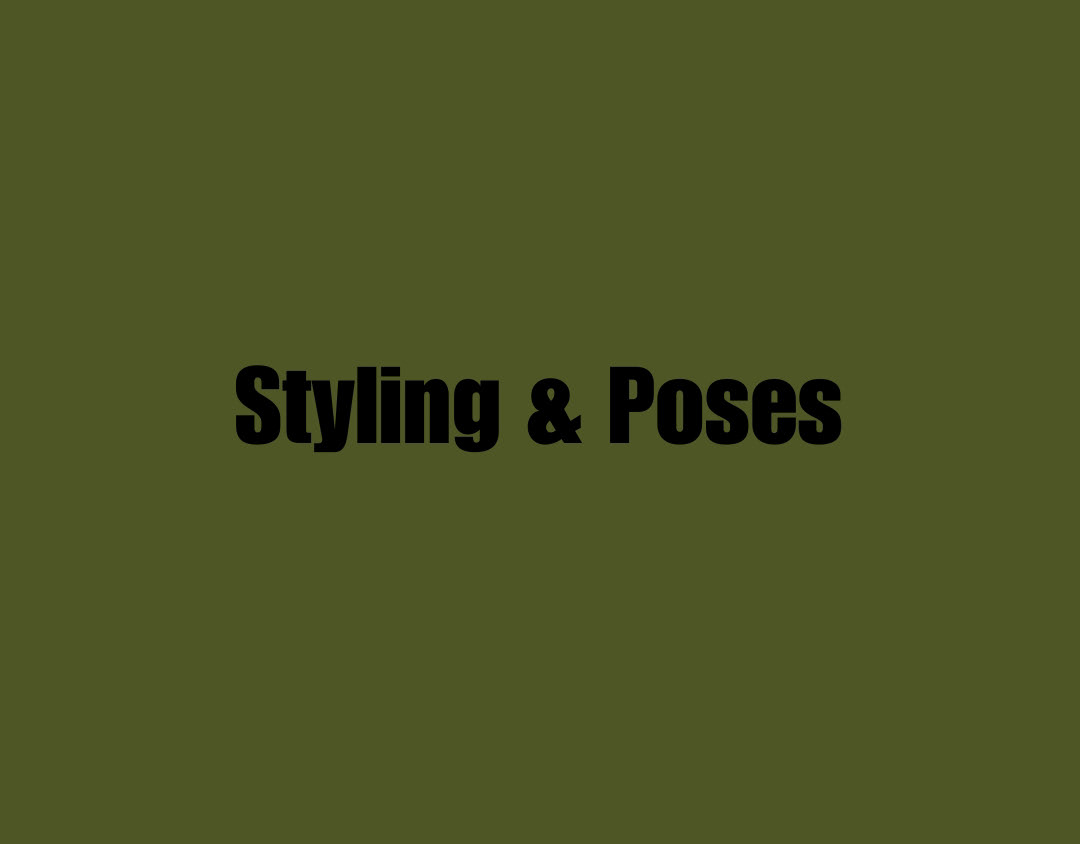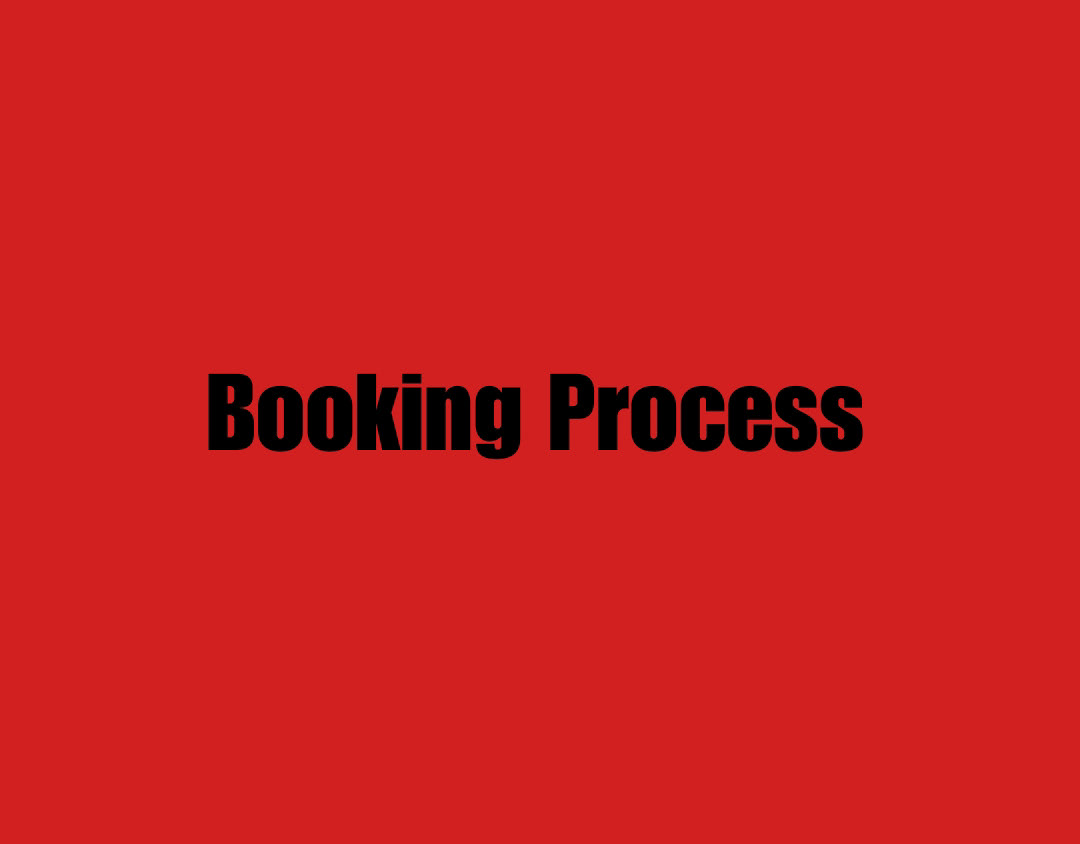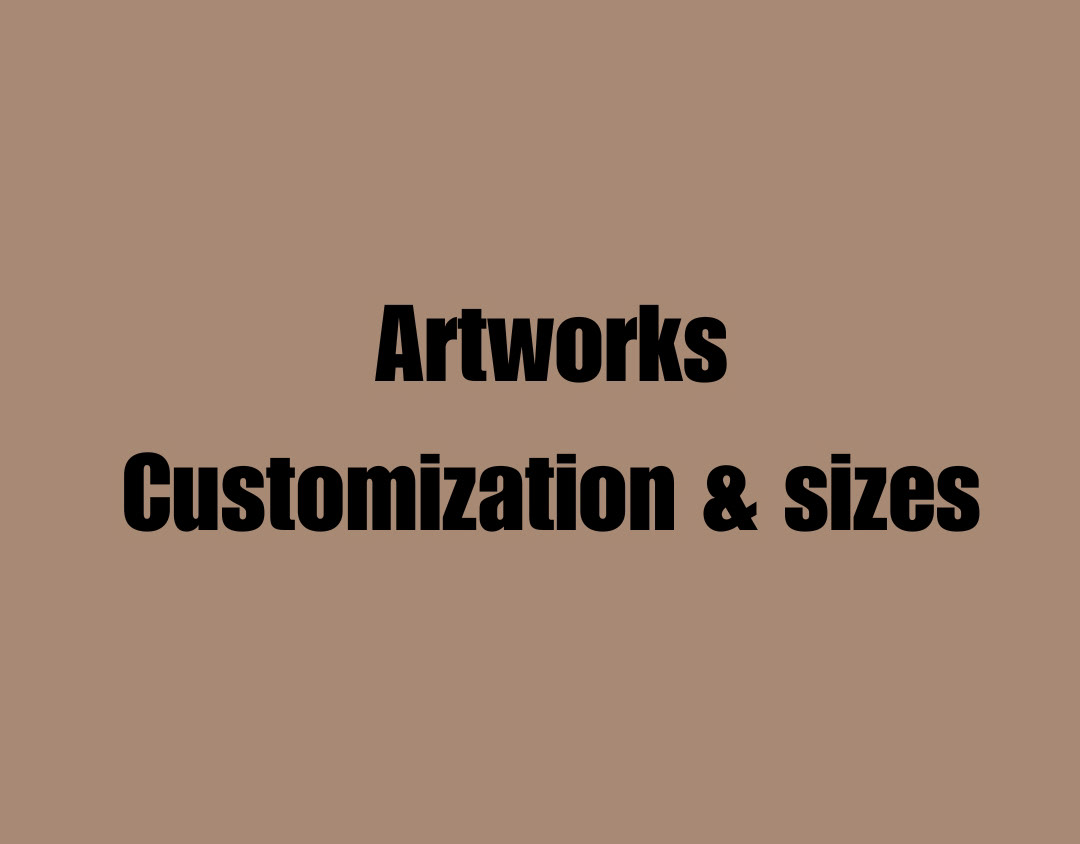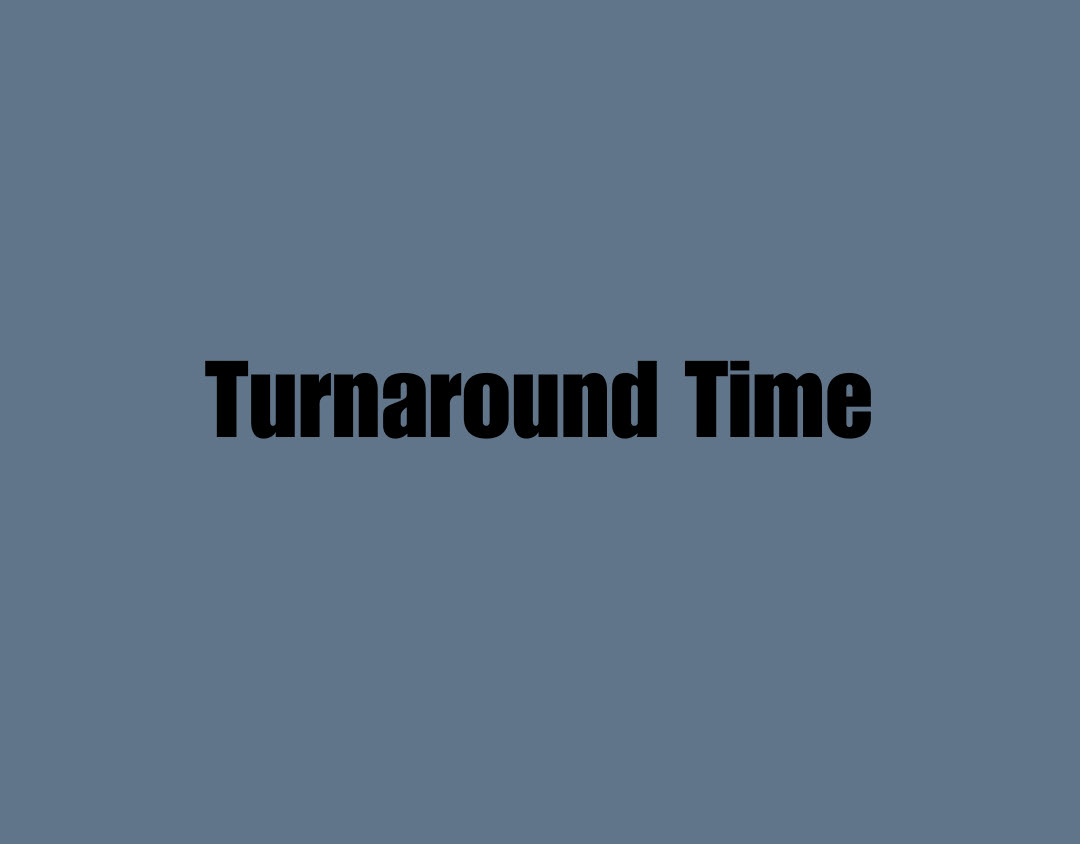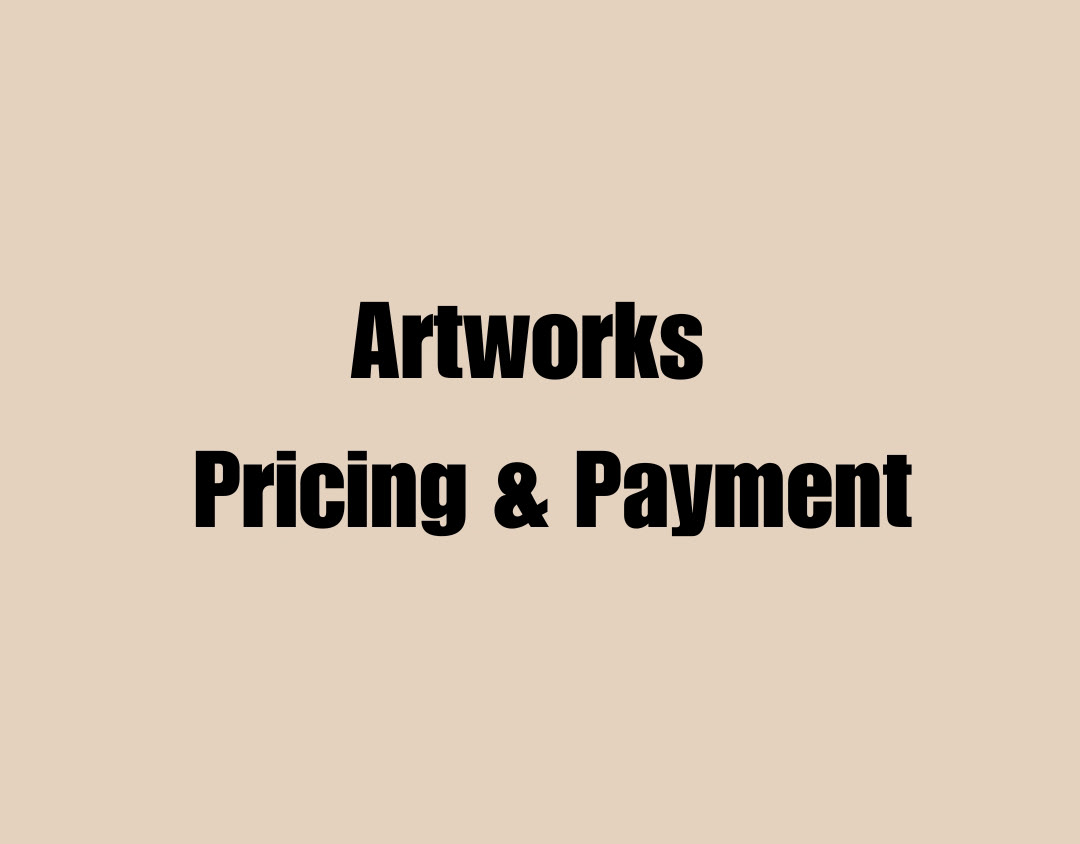Artificial Intelligence (AI)
I use AI as part of my creative process — just like I use a camera or light.
It’s not about replacing reality, but expanding it.
It’s not about replacing reality, but expanding it.
AI allows me to explore new visual dimensions, blending photography, design, and imagination in ways that were once impossible.
From personal branding and catalog imagery to artistic projects and conceptual portraits, I integrate AI tools to enhance, not distort, each subject’s natural essence.
From personal branding and catalog imagery to artistic projects and conceptual portraits, I integrate AI tools to enhance, not distort, each subject’s natural essence.
I work with professional platforms such as Topaz Labs and other advanced systems to:
Refine textures and lighting beyond the limits of the raw capture.
Generate creative compositions that match brand aesthetics or moodboards.
Experiment with storytelling, color language, and atmosphere.
This process is entirely human-led — I direct, design, and fine-tune every detail.
The goal is always authenticity: to create images that feel emotionally real, even when digitally evolved.
The goal is always authenticity: to create images that feel emotionally real, even when digitally evolved.
Photography has always been a dialogue between vision, technology, and emotion.
AI simply extends that conversation — another brush, another lens, another way of seeing.
AI simply extends that conversation — another brush, another lens, another way of seeing.
Workstation & Digital Workflow
My creative workflow runs on a high-performance Apple laptop (2025), calibrated for professional color accuracy and optimized for AI and post-production work.
This setup ensures seamless processing of high-resolution images, precise retouching, and stable performance during AI rendering and editing.
Every file is backed up locally and in the cloud, ensuring complete data security and uninterrupted project continuity.
Sony A7 II (Mirrorless Full-Frame)
My primary camera — a reliable workhorse that consistently delivers exceptional results.
The Sony A7 II is renowned for its superb image quality, versatility, and low-light performance.
The Sony A7 II is renowned for its superb image quality, versatility, and low-light performance.
Its full-frame sensor, fast autofocus, and wide dynamic range make it ideal for everything from cinematic portraits to lifestyle campaigns.
It’s a camera that feels alive in the hand — responsive, intuitive, and precise.
iPhone 11
Never underestimate a great smartphone camera.
Compact, quick, and surprisingly powerful — the iPhone 11 captures spontaneous, candid moments with remarkable clarity.
Its multiple lenses and computational photography features allow for creative experimentation and diverse visual expression.
Still one of my favorite tools — perfectly sized, beautifully balanced, and comfortable to use. (No case — for smooth, quick handling.)
Compact, quick, and surprisingly powerful — the iPhone 11 captures spontaneous, candid moments with remarkable clarity.
Its multiple lenses and computational photography features allow for creative experimentation and diverse visual expression.
Still one of my favorite tools — perfectly sized, beautifully balanced, and comfortable to use. (No case — for smooth, quick handling.)
Olympus Mju II (Film)
(Currently not in use for commercial work)
This iconic film camera brings nostalgia and emotion into my practice.
Film introduces texture, grain, and timeless color, offering a depth that digital can’t replicate.
This iconic film camera brings nostalgia and emotion into my practice.
Film introduces texture, grain, and timeless color, offering a depth that digital can’t replicate.
The Mju II remains a legend among photographers — compact, elegant, and capable of producing beautifully organic results.
It invites a different kind of connection — both with the subject and the moment itself.
Do you have backup equipment in case of technical issues?
Reliability and Maintenance
Technical readiness is part of my craft.
While I primarily use my Sony A7 II, I also keep a Canon DSLR as a backup to ensure every session runs seamlessly.
While I primarily use my Sony A7 II, I also keep a Canon DSLR as a backup to ensure every session runs seamlessly.
All my equipment is regularly maintained — from cleaning sensors and lenses to monitoring battery health and accessory performance.
I always carry spare batteries and memory cards, so no creative moment is ever lost.
Every detail of preparation reflects my commitment to quality and to your experience.
Special Requests
If a project requires specialized gear — unique lenses, lighting setups, or motion tools — I’m always open to renting additional equipment.
Your vision comes first, and I’ll take every step necessary to bring it to life with precision and artistry.
Your vision comes first, and I’ll take every step necessary to bring it to life with precision and artistry.
Philosophy: It’s Not About the Gear
Don’t be attached to flashy specs or the constant race for the latest upgrade.
Photography isn’t about owning the newest device — it’s about the relationship between the artist and their tools.
Photography isn’t about owning the newest device — it’s about the relationship between the artist and their tools.
Over time, my cameras have become trusted companions, chosen for their balance, grip, and intuitive flow.
That comfort translates into creative freedom — often surpassing what more “advanced” setups can achieve.
That comfort translates into creative freedom — often surpassing what more “advanced” setups can achieve.
One of my favorite combinations is pairing my Sony A7 II with a vintage manual lens.
The result is a poetic blend of modern precision and nostalgic softness — an artisanal signature that no new lens can truly replicate.
The result is a poetic blend of modern precision and nostalgic softness — an artisanal signature that no new lens can truly replicate.
